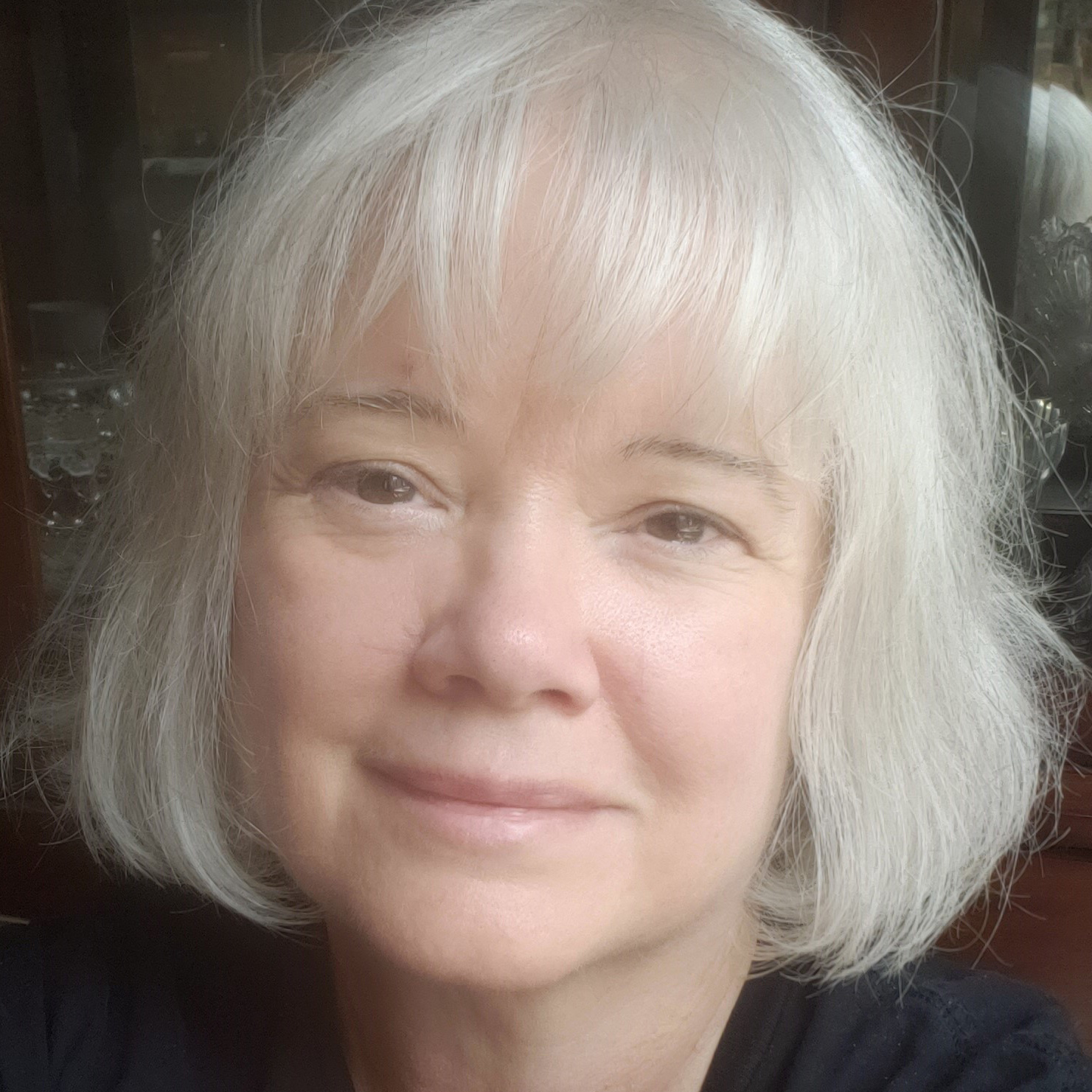"Finding Home" is now available on Amazon.
The Role of Creative Thinkers in Addressing Social Challenges
Creative thinkers have always been at the forefront of solving social challenges. By applying their unique perspectives and problem-solving skills, they address pressing issues such as environmental sustainability, social justice, and more. Understanding and appreciating the role of creative problem solvers can inspire us to think differently about the world’s challenges and perhaps even join in the efforts. Here’s how creative individuals are making a difference and how we can get involved.
The Power of Creative Thinking in Problem-Solving
Creative thinkers bring a unique approach to problem-solving that combines imagination with practical solutions. Here’s why their contributions are so impactful:
Unique Perspectives
- Out-of-the-Box Thinking: Creative individuals often think outside the conventional boundaries, offering innovative solutions that others might not consider.
- Interdisciplinary Approaches: They frequently draw on knowledge and techniques from various fields, creating holistic solutions that address complex issues.
Empathy and Understanding
- Human-Centered Solutions: Creative thinkers often prioritize empathy, designing solutions that genuinely address the needs and experiences of people affected by social issues.
- Storytelling: Through art, literature, and media, they tell powerful stories that raise awareness and foster understanding.
Innovation and Adaptability
- Adaptable Solutions: Creative problem solvers are adept at adapting their ideas to changing circumstances, ensuring their solutions remain relevant and effective.
- Technological Integration: They often leverage technology in innovative ways to enhance their impact and reach.
Examples of Creative Problem Solvers in Action
Creative individuals have tackled various social challenges with remarkable success. Here are a few notable examples:
Environmental Sustainability
- Jane Goodall: Through her groundbreaking work with chimpanzees and her advocacy for conservation, Jane Goodall has raised global awareness about environmental sustainability and animal welfare.
- Olafur Eliasson: An artist known for his environmental art installations, Eliasson creates immersive experiences that highlight the urgency of climate change. His “Ice Watch” installation, which brought melting Arctic ice to city centers, made the impacts of climate change tangible for urban populations.
Social Justice
- Bryan Stevenson: A lawyer and social justice activist, Stevenson founded the Equal Justice Initiative, which uses creative legal strategies and public education campaigns to fight for racial justice and reform the criminal justice system.
- Ai Weiwei: A contemporary artist and activist, Ai Weiwei uses his art to critique political corruption and advocate for human rights. His installations and documentaries bring attention to issues such as government censorship and the refugee crisis.
Public Health
- Paul Farmer: As a physician and anthropologist, Farmer co-founded Partners In Health, an organization that uses innovative healthcare models to provide medical services to impoverished communities worldwide.
- Banksy: The anonymous street artist Banksy often addresses public health issues in his work. For example, his piece “Girl with a Pierced Eardrum” incorporated a surgical mask during the COVID-19 pandemic, highlighting the importance of public health measures.
How Creative Thinking Addresses Social Challenges
Creative problem solvers employ various strategies to tackle social issues. Here are some common approaches:
Raising Awareness
- Art and Media: Creative individuals use art, literature, and media to raise awareness about social issues, making complex problems more accessible and engaging to the public.
- Public Installations: Large-scale art installations and public performances can draw attention to important causes and spark public discourse.
Designing Solutions
- Innovative Products: From sustainable fashion to eco-friendly technologies, creative thinkers design products that provide practical solutions to social and environmental problems.
- Community Projects: They often initiate community-based projects that directly address local issues, fostering grassroots involvement and empowerment.
Advocacy and Education
- Educational Campaigns: Creative thinkers develop educational campaigns that inform and inspire action. These campaigns can range from school programs to global awareness initiatives.
- Policy Advocacy: Many use their platforms to advocate for policy changes, working with governments and organizations to implement effective solutions.
Getting Involved and Supporting Creative Solutions
For those of us in our later years, supporting and engaging with creative problem solvers can be a fulfilling way to contribute to social change. Here’s how to get involved:
Support Creative Initiatives
- Donate and Fundraise: Contribute to organizations and projects that align with your values. Fundraising efforts can also amplify their impact.
- Attend Events: Participate in events, exhibitions, and talks that highlight creative solutions to social challenges. This can also provide opportunities to learn and connect with like-minded individuals.
Engage in Creative Activities
- Volunteer Your Skills: Offer your skills and experience to support creative projects. Whether it’s through writing, art, or another medium, your contributions can make a difference.
- Join Community Projects: Get involved in local community projects that address social issues. This can be a rewarding way to see the impact of creative solutions firsthand.
Stay Informed and Advocate
- Stay Educated: Keep informed about social issues and the creative solutions being proposed. Reading, attending lectures, and following relevant media can keep you updated.
- Advocate for Change: Use your voice to advocate for policies and initiatives that support creative problem solving. Engaging in discussions and sharing information can help build broader support for these efforts.
Conclusion
Creative thinkers play a crucial role in addressing social challenges, from environmental sustainability to social justice. Their unique perspectives and innovative problem-solving skills can inspire us all to think differently about the world’s problems and contribute to meaningful change.
Start today by supporting creative initiatives, engaging in artistic activities, and advocating for creative solutions. By embracing the power of creativity, we can all play a part in shaping a better, more sustainable, and just society. Remember, every small action counts, and together, we can make a significant impact.
Source: OpenAI. (2024). ChatGPT (4o) [Large language model]. https://chatgpt.com

